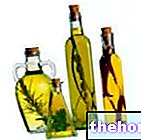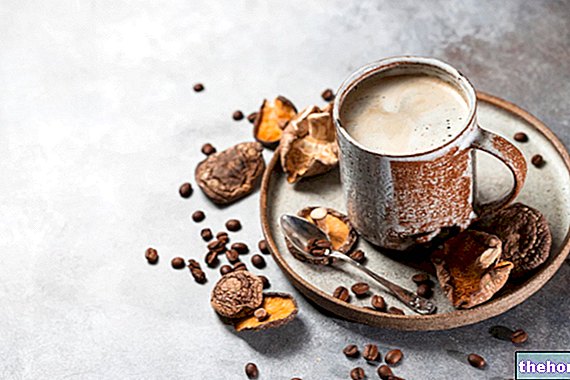, potatoes are a food with a high carbohydrate content, relatively low protein intake (albeit a high quality one) and virtually fat-free. Carbohydrates in potatoes are mainly two types of starches: amylopectin, which the body can digest easily, and amylose, a non-digestible starch (known as resistant starch). This resistant starch provides many of the health benefits of potatoes. Potatoes also contain a fair amount of fiber, mainly in the skin.
Potatoes have a high quality protein content, thanks to amino acids, the building blocks of protein. Potatoes have particularly high levels of the essential amino acids lysine, methionine, threonine and tryptophan. As for their vitamin and mineral content, they are a good source of iron and zinc, which the body needs to transport oxygen and support the immune response.
Cooking methods can greatly affect the macronutrient content of potatoes, especially their fat content. For example, a 100-gram serving of fried potatoes contains 14 grams of fat. In comparison, the same serving of baked or boiled potatoes has only 0.1 grams of fat. Additionally, the way potatoes are prepared can result in the loss of micronutrients. For example, potatoes contain a significant amount of vitamin C. However, baked or microwaved potatoes have about twice as much as boiled or fried potatoes.
Nutritional values for 175 gr (a medium sized baked potato)
- Calories: 161
- Carbohydrates: 37 grams
- Fiber: 3.8 grams
- Protein: 4.3 grams
- Fat: 0.2 grams
- Vitamin B6: 25% of the daily value (DV)
- Potassium: 26% of the DV
- Vitamin C: 27% of DV
- Folate: 12% of the DV
- Magnesium: 12% of the DV
More specifically, PI2 blocks an enzyme that breaks down a hormone called cholecystokinin (CCK), which reduces hunger and increases the feeling of satiety. In turn, CCK levels in the blood rise, leading to reduced food intake. High levels of CCK also reduce the rate at which the stomach empties its contents, further promoting feelings of fullness.
Potatoes are a rich source of resistant starch and potassium. For this reason, they have a similar effect to dietary fiber: they lower blood sugar levels and improve insulin sensitivity. In addition, resistant starch helps reduce the glycemic index (GI) of a food. such as foods with a high glycemic index increase the level of sugar in the blood, while foods with a low glycemic index promote a steady and controlled rise in blood sugar.
Hot or cold? While freshly cooked potatoes are a high glycemic index food, chilled cooked potatoes have a low glycemic index. This is due to a process known as starch retrogradation, which causes starches to become harder to digest when cold. In addition to temperature, cooking methods also affect the resistant starch content of potatoes. Research shows that these Baked potatoes have a higher resistant starch content than boiled ones. For example, one study determined that 90 minutes after a meal, participants' blood sugar levels were lower if they ate baked potatoes compared to mashed potatoes. french fries and white bread.
Hence, consuming baked potatoes can help control blood sugar levels.
with many health benefits, they also have potential drawbacks. Cooking potatoes - or cooking them at high temperatures - can lead to the production of acrylamide, a chemical that forms when cooking starchy foods at high temperatures, which can have a toxic effect on the body. To reduce the formation of acrylamide In baked potatoes, they need to be cooked for less time at lower temperatures, or boil or steam the potatoes, which do not tend to produce acrylamide.
The right condiments
Baked potatoes can be a good nutritious side dish or one that's high in fat or calories, depending on the toppings. Butter, sour cream, fatty cheeses and bacon are some of the most common condiments that flavor and enrich baked potatoes. Although many of these foods have their own nutritional benefits, they tend to significantly increase the fat content of potatoes. Opt for low-fat alternatives, such as Greek yogurt, low-fat cheese, and chopped vegetables.
















.jpg)











